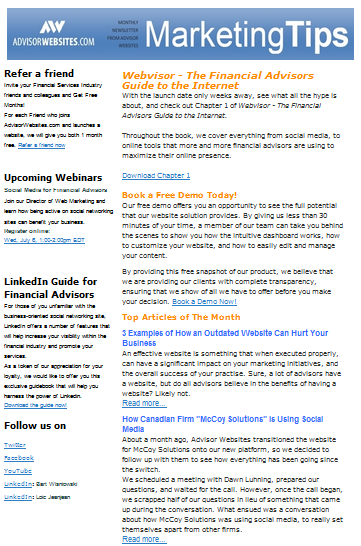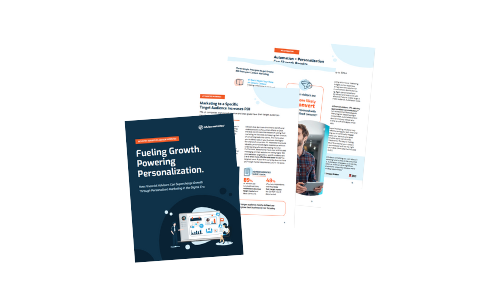
Newsletters are an excellent and popular way to provide customers, employees or company stakeholders an update on key organizational or personal developments, upcoming forecasts or events, and interesting or humorous content. With their prevalence, however, comes challenge: your newsletter will be clamoring to stand out from the crowd. By adopting these six practices, however, you will be better able to compete for the attention span of readers.
1. Create a plan.
Create a plan that specifies the focus of your newsletter, its scope, and that provides a timeline. Focus is important in order to create a consistent newsletter. For example, the financial services industry should focus on topics that its viewership deems relevant. This, however, is not necessarily set in stone, and it is entirely dependent on the branding standards in place. Scope is also important when planning – you want to be sure you have the resources and time necessary to generate the type of content you want to share; who will generate content, when, and how much? A timeline will ensure everyone involved knows what or when information and content is needed prior to the newsletter being published. One word of advice, however -try to avoid sending a newsletter more often than once a week. Ideally, try to gain feedback from clients and stakeholders asking them how often they would like to receive a newsletter and adjust your plans accordingly.
2. Create interesting, concise content.
Now is your time to get writing. Try to keep your articles relatively short, a maximum of 1,000 words would be prudent. Newsletters are also a great way to compile the past month’s top blog posts in one area – providing both a boost in content and a reduction in the amount of time necessary to generate content. Make sure, however, that the article descriptions within the newsletter are concise and to the point – one or two enticing sentences outlining the key point of the article is all you need.
3. Include calls for action.
Include calls to action – for example, a ‘book a meeting’ or ‘schedule a demo’ could be two low pressure examples. Additionally, make sure that your newsletter includes clear contact information, and links to your company’s website.
4. Avoid Excessive Self Promotion
While you should definitely include references to your organization, the topic of every article should not be blatant self promotion. If readers perceive the entire newsletter as a preachy sales pitch, you risk losing them. Indeed, the charm of a newsletter is that it provides readers a view into your organization outside typical and, at times, cold business websites.
5. Select a newsletter sending service.
Building a professional-looking newsletter has never been easier thanks to a number of dedicated newsletter sending services. MailChimp, which offers 6 free newsletters to up to 100 subscribers per month – or more for paid subscribers - is one such service. Simply follow the step-by-step instructions, and chose from a variety of templates and your newsletter will be finished in no time. Mad Mimi is another highly rated and wonderfully easy to use alternative, and counts Mashable.com as one of its fans.
6. Advertise your newsletter.
You've written your newsletter –you’re done! Not quite. Make sure to include sign up links wherever possible. At the end of emails, blog posts and on your organization’s web site are all good places to start. Don’t worry – your newsletter sending service will help you create such links.
Here's an example of our newsletter from July (using MailChimp)
Source: http://www.zealousweb.com/img/email_newsletter_marketing.jpg







